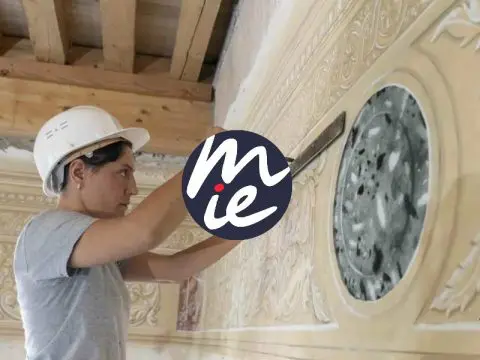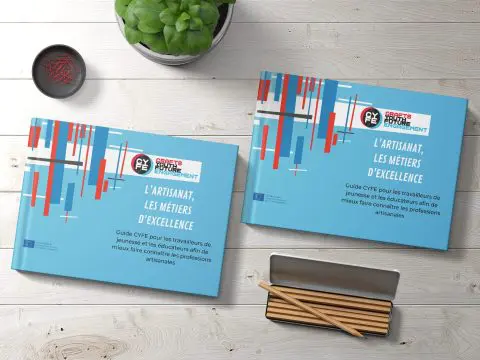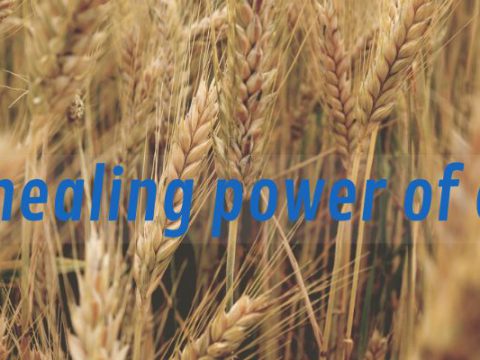-
Marco Ripa -
Marco Ripa -
Marco Ripa -
Marco Ripa
Marco Ripa is a craftsman and a designer. In his workshop, situated in the Marche Region, he makes unique home accessories and furniture in iron and steel.
A FONDAZIONE COLOGNI INTERVIEW
- How did you start working with metal?
I trained as a traditional blacksmith at my uncle’s workshop, where I developed my manual skills making iron railings, gates and so on. Art and design have always been my great passions, but unfortunately the type of work I was doing did not satisfy my creativity. Despite the economic crisis, in 2011 I finally resolved to open my own smithy, where I could work metals combining art and craft. From this point of view, the American sculptor Alexander Calder has always been a source of inspiration! His metal sculptures were light and mobile, whereas we tend to associate metal to something heavy and static. Calder overturned this conception by giving metal weightlessness and movement. This allowed me to perceive metal from a different point of view, and I started to design objects with the same features.
2. Does this profession require a specific training?
I think that it requires a great deal of curiosity. I could talk for hours about the advantages of years of training in working metals and in studying art and design. But in the end, the point is that without curiosity, nothing is achieved. Curiosity is the driving force behind everything. We are the product of our experiences, each of us in our own distinctive way, and this is a richness in itself. The more experiences we live, the more we can infuse emotions in what we do.
3. How do you reconcile your work with the new needs and trends of the market?
One must move with the times and possibly anticipate them, if one is really talented. The modern age is the renaissance of metal: thanks to minimalist design, we have rediscovered the durability of iron. We have abandoned the concept of Art Nouveau decorations and we are experimenting in finer thicknesses. We are going through complex times, but, with a good idea and an interesting design, it is still possible to be successful. From the very start, I understood that I had to invest in communication and innovation if I wanted to compete in a market that was dominated by many important and celebrated brands.
4. Which types of clients do you target?
I have excellent relationships with designers and architects. In my workshop, I cooperate with a designer (Matteo Giustozzi) and a blacksmith who bends metal traditionally (Daniele Mattioli). I have a more technical background, and I am specialised in precision works. Our combined competencies enable us to develop projects that range from 3D designs, to forging, to producing minimalist designs elements. Each of us adds the value of his background to our projects. In parallel, we work with private clients or companies that wish to develop unique projects for their homes, offices, shops and contracting. We also make sculptures for public spaces. We can work with many types of metals: from iron to stainless steel, Corten steel, aluminium, copper, brass and bronze.
5. Do you think that young people are fascinated and inspired by your profession?
Until recently, an artisan was someone who had settled down for a manual job not having succeeded in doing anything better. Generally speaking, people find it more interesting to say that they have a creative or intellectual job. It was never like this for me: I have always loved my work and what I like about it is that I can create something unique, useful, functional and beautiful with my own hands, in my workshop.
Luckily, things are changing. Artisans are attracting more and more attention. People are rediscovering the value of a hand-made object, and they are beginning to understand that being a craftsman can be rewarding! The biggest motivation for me to start my business was to differentiate myself in this age of global standardisation.
6. What are the challenges in your field? And what are the prospects?
The most difficult task is to teach the public the difference between an industrial and an artisanal product. It is necessary to separate these two fields in a clear way, if we want consumers to understand the added value of an entirely hand-made production.
The biggest challenge of all, however, is to reach foreign markets, because our domestic market is not enough. It is necessary to go beyond Italy’s borders, where the Made in Italy brand is sought after and appreciated. I am developing these markets with my e-commerce business, which enables me to sell my products throughout Europe, and a little also in North America. We must aim at internationalisation with the support of trade associations and public incentives. This, in turn, would also revive Italy’s economy.
Officina Art and Craft di Marco Ripa
Via Thomas Alva Edison, 9
63822 Porto San Giorgio (FM)
Tel: +39 328 3055485
info@marcoripa.it
www.marcoripa.it








